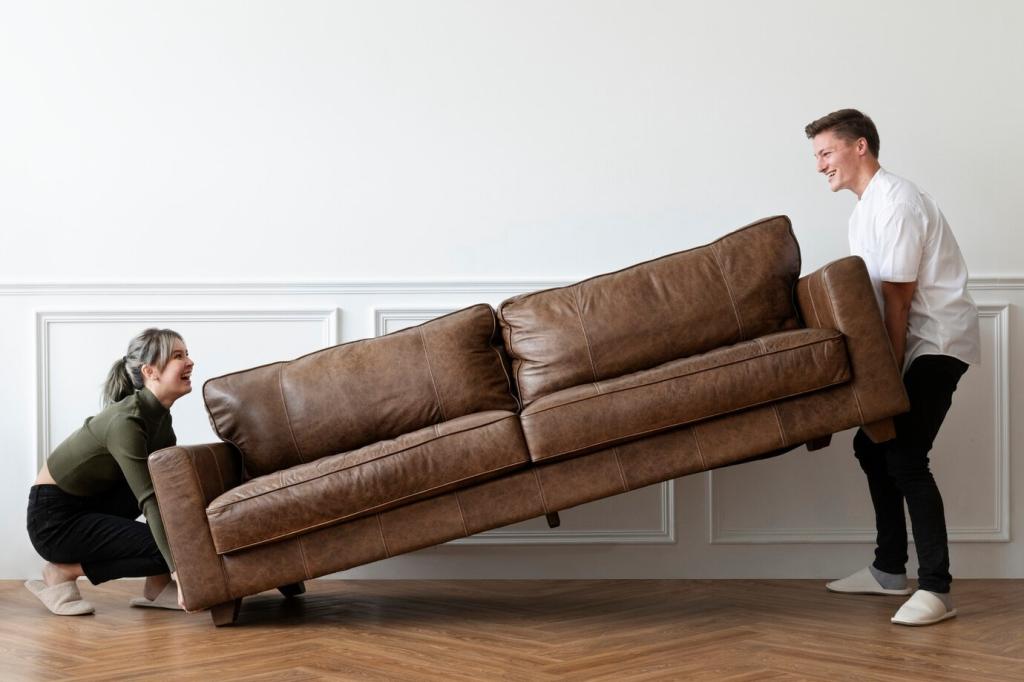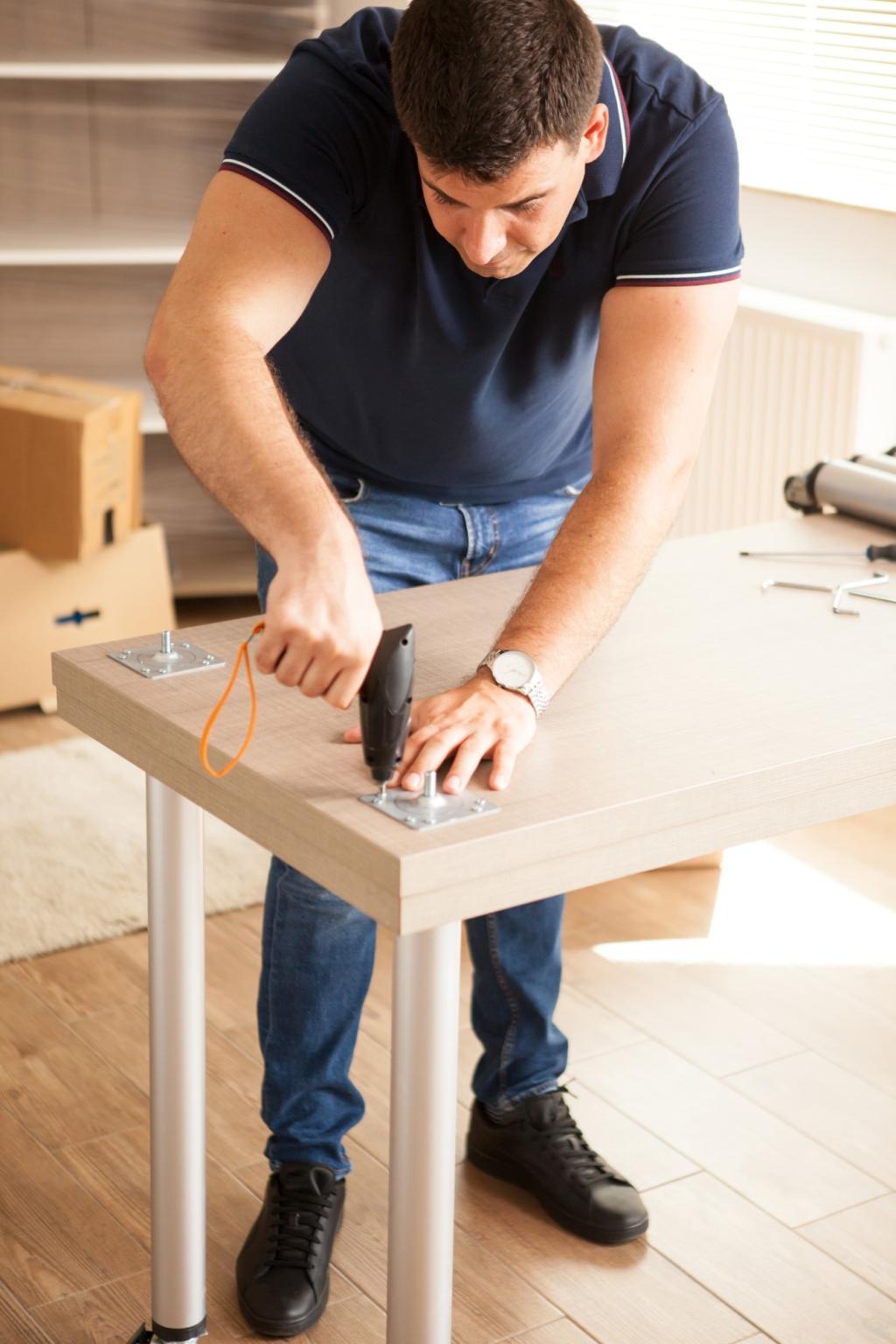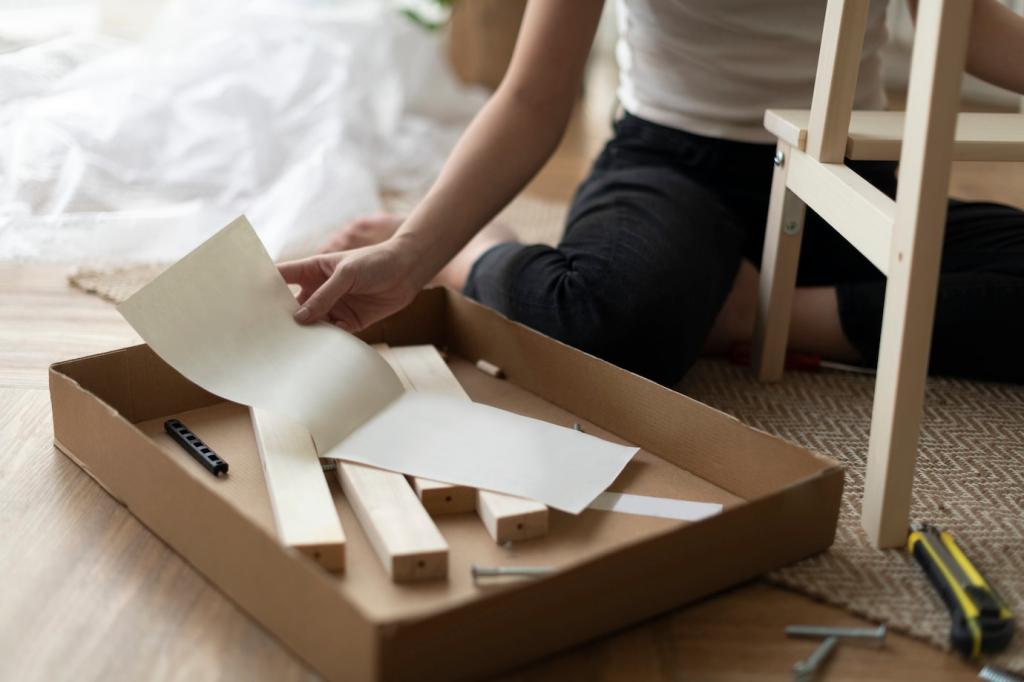
Rot-Prevention Tips for Wooden Furniture: Keep Warmth, Value, and Beauty Alive
Today’s chosen theme is “Rot-Prevention Tips for Wooden Furniture.” Dive into practical guidance, real stories, and science-backed habits that halt decay before it starts. Share your own tips in the comments and subscribe for weekly, hands-on inspiration to protect what you love.
Understand Wood Rot: The Fungi, the Moisture, the Myth
Moisture Content, Explained
Indoor furniture is happiest between about 6% and 12% moisture content. Above 20%, fungi wake up hungry. Keep a simple pinless moisture meter on hand, and you’ll understand your furniture’s health the way a gardener understands soil.
Recognizing Rot Before It Spreads
Early clues include musty odors, darkened patches, flaking grain, or wood that feels unusually soft. Press gently with a thumbnail near joints and feet. Catching subtle softness early can save a leg, a stretcher, or even the entire piece.
A Small Win: The Saved Side Table
A reader wrote about a wobbly side table that smelled like a damp basement. After drying it thoroughly, applying a borate treatment, and improving room airflow, the softness stopped spreading. The table now anchors a reading nook, books stacked proudly.
Moisture Management at Home: The Everyday Shield
Aim for 40–55% relative humidity in living spaces. Use a hygrometer in rooms with cherished pieces. If readings creep up, adjust with a dehumidifier, open interior doors for circulation, or reduce sources of moisture like drying laundry indoors.
Moisture Management at Home: The Everyday Shield
Keep furniture a few inches off exterior walls to prevent condensation from pooling cold-side. Avoid placing wooden feet directly over vents, near steamy kitchens, or right beside leaky windows. Airflow behind and beneath pieces is your quiet ally.



Choose the Right Finish for the Job
Film-forming finishes like varnish and polyurethane offer strong moisture resistance. Penetrating oils add warmth but require more upkeep. For heavy-use surfaces, consider hardwax oils or a durable varnish. Blend beauty with protection, not just gloss with hopes.

Seal the Hidden Places
Rot often starts where finish is thin or absent: undersides, drawer bottoms, and end grain. Seal those edges generously. Two extra coats on the end grain can cut moisture uptake dramatically and stop damage that begins where you least look.

Maintenance That Actually Works
Do the water-bead test twice a year: if droplets don’t bead on the surface, it’s time for a refresh. Wipe with a pH-neutral cleaner, scuff lightly if needed, and add a maintenance coat. Simple rhythm, powerful protection—subscribe for seasonal reminders.
Daily Habits: Small Moves, Big Protection
Clean Without Soaking
Skip wet mops and harsh sprays. Use a barely damp cloth and a pH-neutral cleaner, then wipe dry. Excess water sneaks into joints, swells fibers, and invites fungi. Tell us your go-to products that protect finish without leaving residue.
Coasters, Mats, and Plant Saucers
Water rings are signals of risk. Use coasters under glasses, mats under vases, and raised saucers beneath plants. Leave a small air gap so condensation doesn’t collect. A simple cork spacer can outsmart a persistent, invisible drip.
Lift It Up: Feet, Pads, and Sliders
Felt pads, rubber feet, or plastic sliders keep wood off damp floors and prevent wicking. In basements or entryways, add a vapor barrier beneath rugs. Share a photo of your setup; your hack might save someone’s favorite console table.

Design and Repair: Stop Moisture Traps at the Source
Flat bottoms that sit flush on floors trap condensation. Add slight chamfers or feet to encourage airflow. For cabinets, slotted screw holes let wood move without cracking finishes that later admit water. Think breathable, not sealed-and-suffocating.
Design and Repair: Stop Moisture Traps at the Source
When wood turns spongy, dry it fully, apply a borate solution to kill fungi, then use an epoxy consolidant to stabilize fibers. Sand and refinish. Document your steps and results—your notes can guide others facing the same quiet threat.



